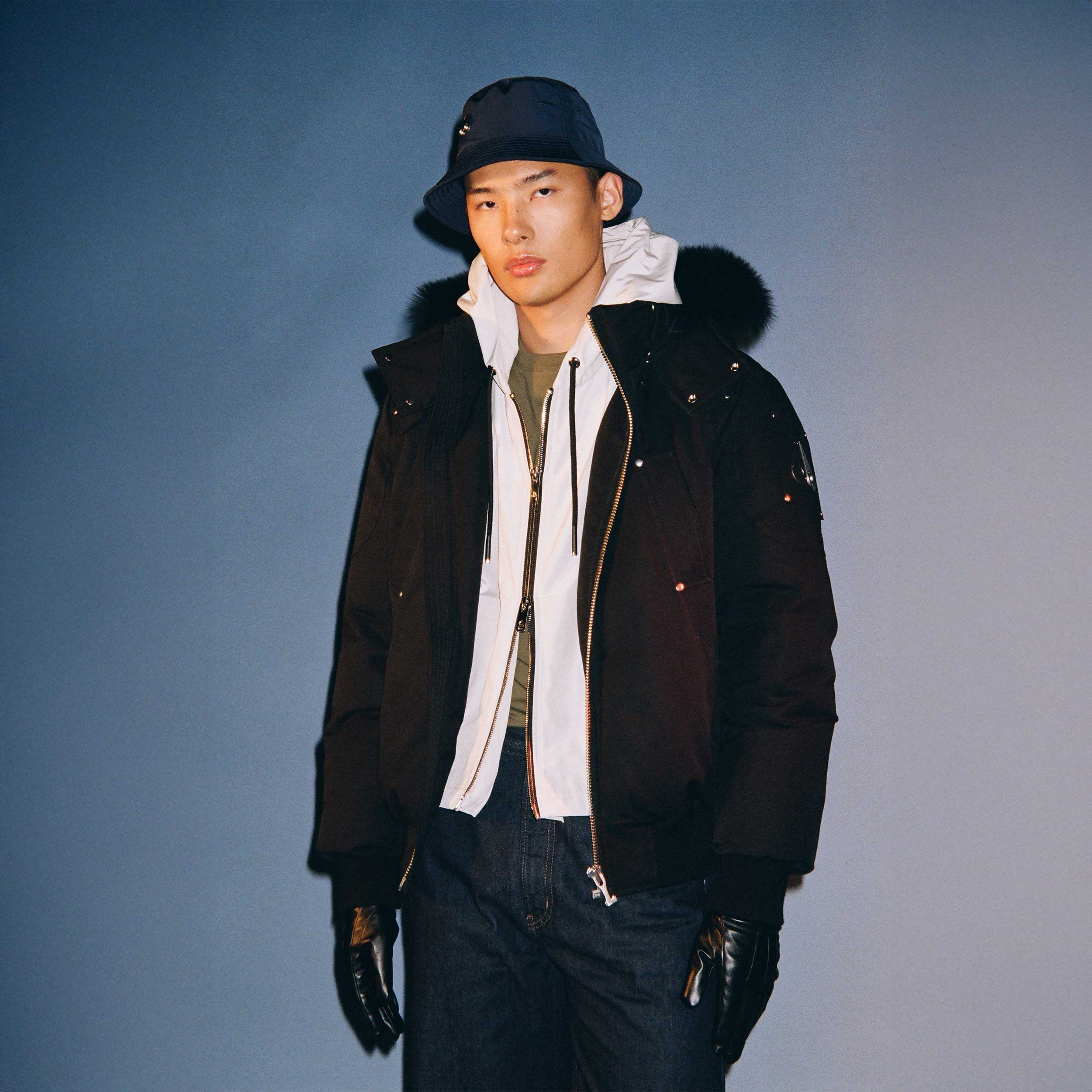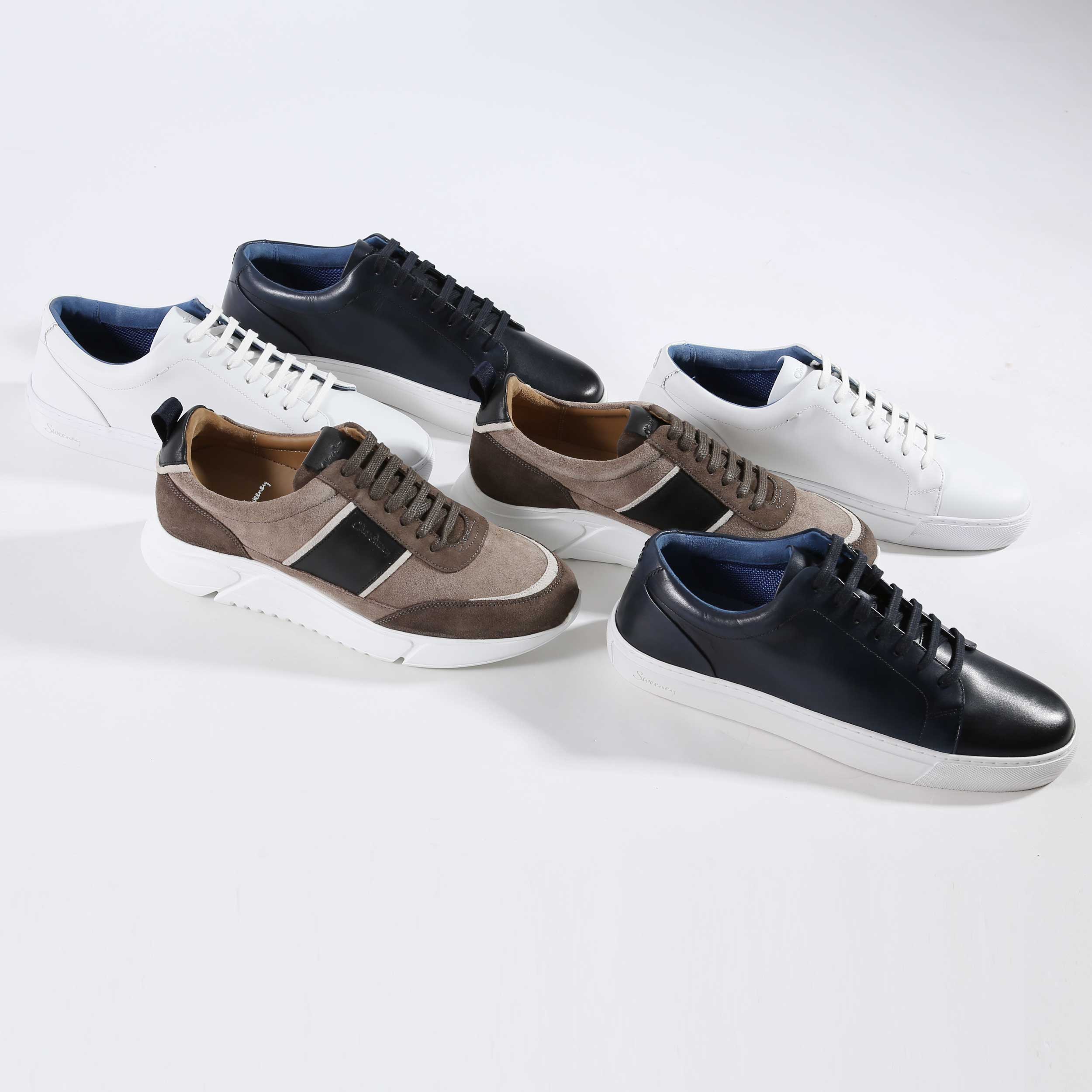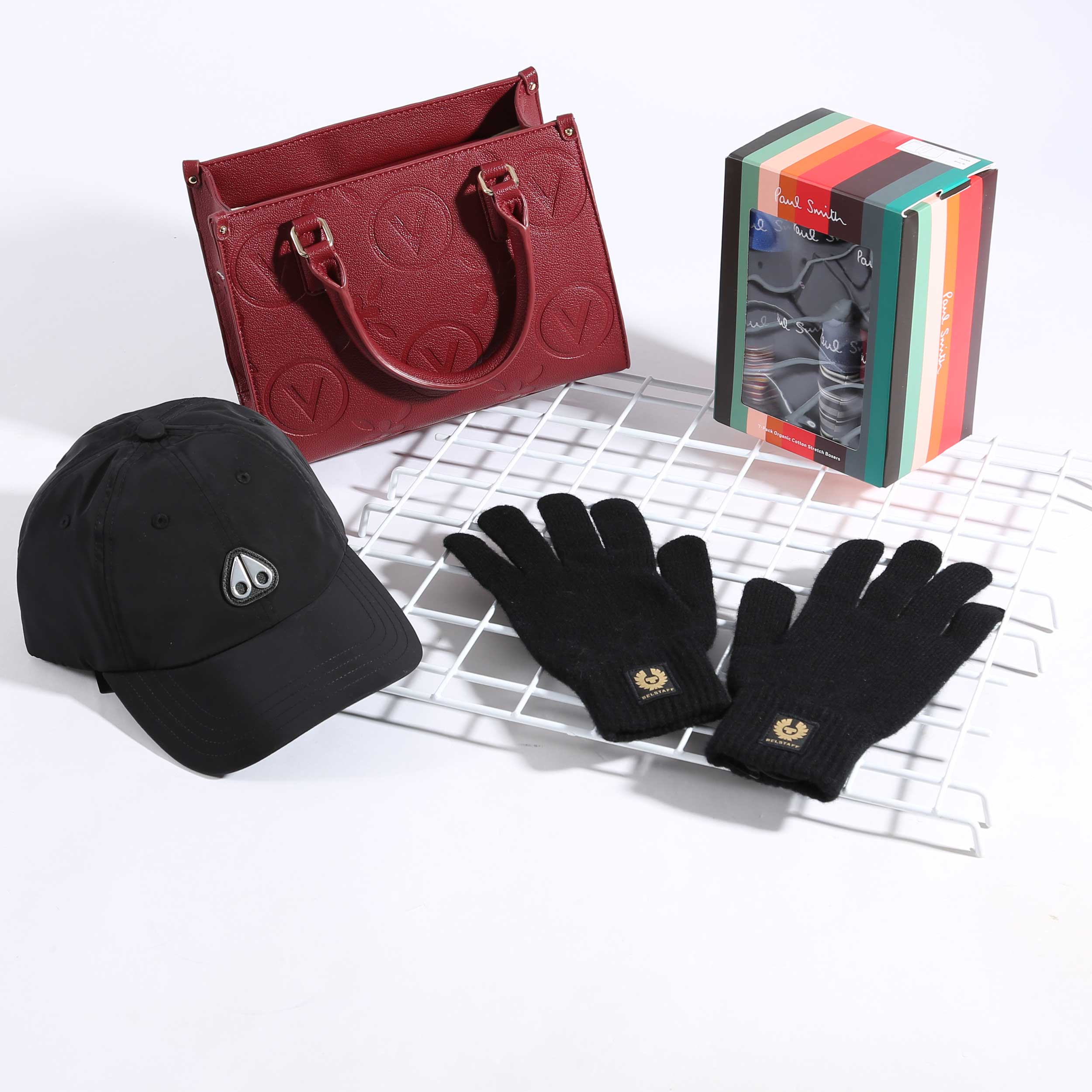The Evolution of BOSS: How a German Brand Transformed Style
Frequently Asked Questions
1. What is the origin of the BOSS brand?
2. How did BOSS evolve in the fashion industry?
3. What product lines did BOSS introduce to expand its offerings?
4. What is special about the Titanium SL Ltgrpu trainer?
5. How is BOSS addressing sustainability in fashion?
In the world of fashion, few brands can claim the kind of legacy that BOSS has built over the decades. Known for its sleek designs, impeccable craftsmanship, and versatile appeal, the German label has transformed from a suiting specialist into a global style powerhouse. This article explores the evolution of BOSS, the influences that shaped its direction, and the role of its signature pieces, including the innovative Titanium SL Ltgrpu trainer, in redefining modern elegance.
A Humble Beginning: The Founding of BOSS
Founded in 1924 by Hugo Ferdinand Boss, the BOSS brand started off in Metzingen, Germany. Initially, the company focused on producing workwear and uniforms. It wasn’t until the 1950s that BOSS began to pivot towards high-end menswear. As the demand for stylish yet functional clothing grew, the brand positioned itself as a leader in the menswear category.
In the 1970s, BOSS made a significant impact on the fashion industry by introducing its first-ever collection of suits that would later become synonymous with sophistication and elegance. The meticulous attention to detail and high-quality materials used in the suits helped set BOSS apart from its competitors, allowing it to carve out a niche in the luxury market.
The Expansion into Lifestyle Fashion
As the brand gained recognition, BOSS began to expand its offerings beyond formal wear. In the late 1980s and throughout the 1990s, the company launched several lines, including BOSS Orange and BOSS Green, which introduced a more casual and contemporary aesthetic to the lineup. This diversification helped propel the brand into lifestyle fashion, enabling it to reach a broader audience.
The Role of BOSS in Contemporary Fashion
With its growing presence in the fashion landscape, BOSS was no longer just a brand tailored for businessmen. Instead, it became a go-to choice for individuals seeking a modern, stylish look that transcended seasons and trends. The introduction of key products, such as high-quality casual wear, outerwear, and footwear—like the Titanium SL Ltgrpu trainer—provided customers with versatile options while maintaining the hallmark elegance BOSS is known for.
Innovation in Materials and Design
As BOSS continued to evolve, its commitment to innovation and quality became even more apparent. The brand has consistently embraced new technologies and materials, resulting in products that meet the demands of a fast-paced modern lifestyle.
An excellent example of this innovation is the Titanium SL Ltgrpu trainer, which embodies BOSS's forward-thinking approach to footwear. Utilizing cutting-edge materials, these trainers blend comfort with sophisticated design, allowing wearers to seamlessly transition from work to play without compromising style.
Sustainability and Responsibility
In recent years, BOSS has recognized the importance of sustainability in fashion. The rise of environmentally responsible consumerism has influenced many brands, and BOSS is no exception. The brand has launched various initiatives aimed at reducing its carbon footprint, including using sustainable fabrics and implementing ethical manufacturing processes.
By focusing on sustainability while maintaining its reputation for quality, BOSS has positioned itself as a thought leader in the industry. This shift not only appeals to environmentally conscious consumers but also enhances the brand's image as a modern and responsible fashion house.
The Impact of BOSS on Global Fashion Trends
BOSS has played a pivotal role in shaping global fashion trends over the decades





